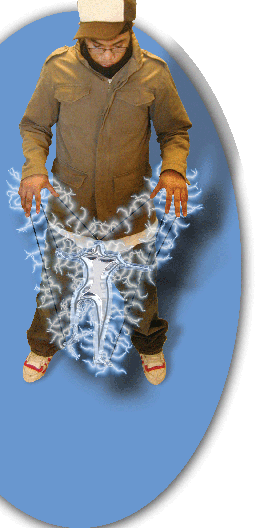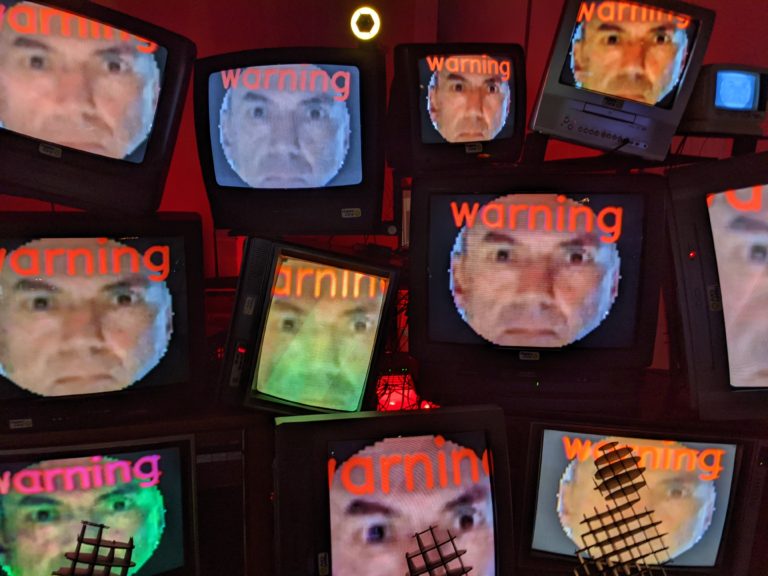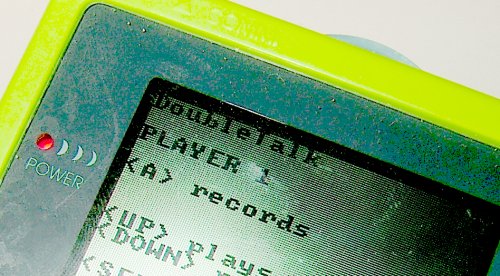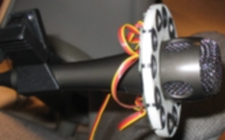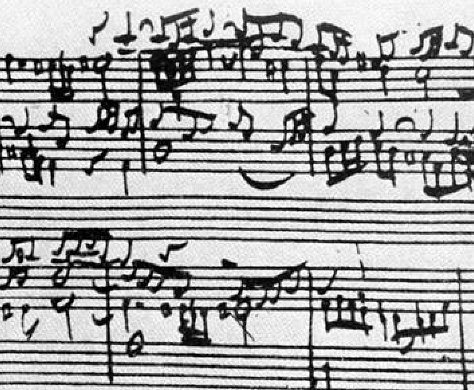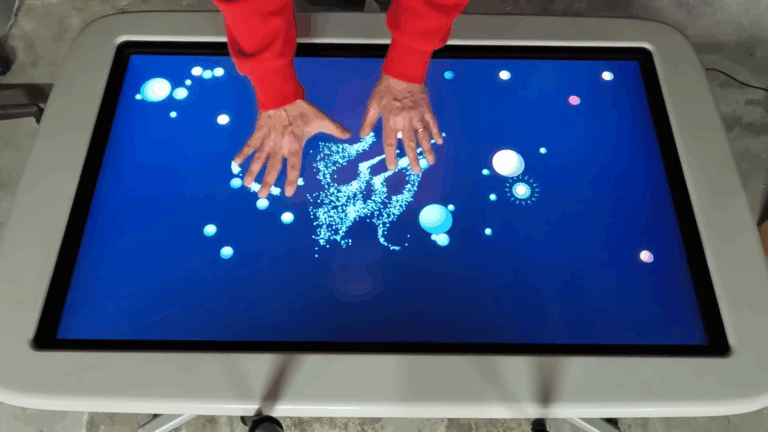Gameboy Hardware Interfacing
After writing Doubletalk, I knew the Gameboy had great potential for musicians. Specifically, if a hardware interface could further extend the Gameboy’s audio input/output capabilities, the platform offered possibilities as a programmable metronome or alternative instrument.
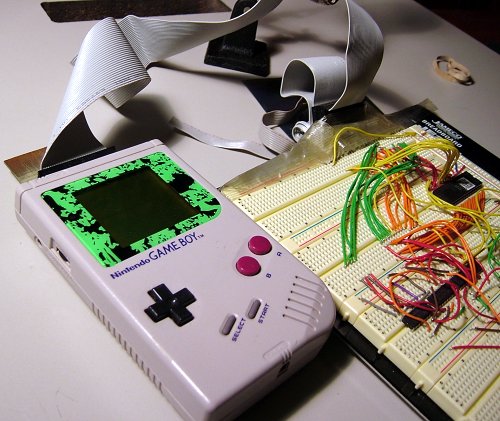

To further explore this idea, I built a connector to access the Gameboy circuitry using a solderless breadboard. With this connector and breadboard, I successfully interfaced flash memory and an 8-bit Digital to Analog Convertor (DAC) to the Gameboy.
This experience inspired me to use the Gameboy as the platform for an assembly language programming course I taught at Wichita State University in 2008.
